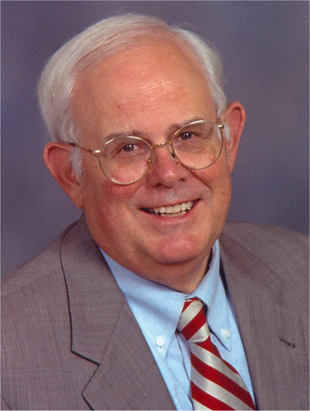Lower costs for higher education | Eastern North Carolina Now
When my grandfather was president of Campbell College I remember his stories of students who paid tuitions with hams, cabbages or produce from their family's farm.


| Jones Votes Against 1.1 Trillion Cromnibus Bill | Related to State, My Spin, Editorials, Op-Ed & Politics | Meadows, Jones show spine in opposing CRomnibus. Other NCGOPers? Not so much. |
|
"Robert F. Kennedy Jr. is a foolish man, full of foolish and vapid ideas," former Governor Chris Christie complained.
Published: Monday, September 15th, 2025 @ 10:18 pm
By: Daily Wire
|
|
more transgender violence
Published: Monday, September 15th, 2025 @ 9:19 pm
By: John Steed
|
|
several far left Democrat incumbents need defeat
Published: Monday, September 15th, 2025 @ 8:28 pm
By: John Steed
|
|
If a white person commits a crime against a black person, it is a national news story.
Published: Monday, September 15th, 2025 @ 5:21 pm
By: Daily Wire
|
|
would allow civil lawsuit against judge if released criminal causes harm
Published: Monday, September 15th, 2025 @ 8:32 am
By: John Steed
|
|
good sign for next French election
Published: Sunday, September 14th, 2025 @ 9:17 pm
By: John Steed
|
|
By Rev. Mark Creech
Published: Sunday, September 14th, 2025 @ 5:43 pm
By: Countrygirl1411
|
|
"This highly provocative move was designed to interfere with our counter narco-terror operations."
Published: Sunday, September 14th, 2025 @ 5:43 pm
By: Daily Wire
|
|
Charlie Kirk, 31 years of age, who was renowned as one of the most important and influential college speakers /Leaders in many decades; founder of Turning Point USA, has been shot dead at Utah Valley University.
Published: Sunday, September 14th, 2025 @ 5:42 pm
By: Stan Deatherage
|
|
The Trump administration took actions against Harvard related to the anti-Israel protests that roiled its campus.
Published: Sunday, September 14th, 2025 @ 5:33 pm
By: Daily Wire
|
|
In remembrance of the day that will forever seer the concept of 'evil' in our minds, let's look back at that fateful morning, exactly 11 years ago today to that series of horrific events which unfolded before our unbelieving eyes......
Published: Sunday, September 14th, 2025 @ 5:32 pm
By: Diane Rufino
|
|
ďThis could happen to any American man or woman [who] goes to Heathrow."
Published: Sunday, September 14th, 2025 @ 5:31 pm
By: Daily Wire
|
I am concerned that student now view college as a 4-5 year beer bust with the excitement of athletics attached. That is a poor reason for attending any college.
My son was bright and had much integrity. He joined the USCG right out of high school and is now a Senior Chief. Along the way he paid the price to get into aviation and joined up with the helicopter division. He has just returned to NC as an instructor at Elizabeth City.
His son is thinking about a good trade like welding or wildlife management. Like his father, he is a hands on person with great desires to figure anything out he sees and touches.
For me, this is the essence of a mind searching for knowledge. Those with only "book larnin'" and computer skills expect to graduate to a $60K income and fun time playing with the corporate computer through the day.
College is not what it used to be. Most people can find somewhere to be immature for 4-5 more years of growing up which is far less expensive and far more productive. I was taught that getting a graduate education was essential to success. Now getting a good practical degree in welding of tree care has a far brighter future. ANY preparation for a sweat job makes far better sense to me. Nobody wants to get dirty and sweat anymore and many in their suit don't even know how to crank or maintain their lawnmower. I am glad to be paid for my skills in tree surgery. I get healthy and seat off winter weight with a saw in my hands and smile on my face.